If you click on a link and make a purchase we may receive a small commission. Read our editorial policy.
Telling new stories in an old-fashioned style: Interview & Exclusive Excerpt from Melanie Gillman's Other Ever Afters
In 'New Name' a child turns to their grandmother-- the town witch and asks for a new name

Melanie Gillman has been a mainstay in indie comics for a while now, wowing fans with their ongoing webcomic As the Crow Flies, illustrated in their trademark layered colored pencil style. In 2019, Gillman published Stage Dreams, a Western adventure-romance, with Lerner Publishing Group, and now, they're making a jump into the mainstream with Other Ever Afters, a collection of new fairy tales, published by Penguin Random House.
Last week, Popverse had a chance to sit down with Gillman to chat about their new collection as well share with eager readers an exclusive excerpt from the upcoming book, a story titled 'New Name.' In this interview, Gillman explains how Other Ever Afters came to be, why 'New Name' is a little different from the other stories in the book, and what their favorite hobby is right now.
Popverse: So where did the idea of doing a new version of a collection of fairy tales come from?
Melanie Gillman: So, it originally started with 24-hour comic day back in 2016. Just on a lark I decided that I wanted to participate in this comics holiday for the first time and draw a shorter comic for it. I only did 12 pages instead of the requisite 24, and I decided to do a little fairytale style narrative about a mermaid falling in love with a middle-aged peasant woman and it went over really well; people really liked it.

It kind of became an annual tradition for me, of drawing a little usually queer romance fairytale-style comic every year for 24-hour comic day and posting it online as a Twitter thread, so people could follow along on that day as I was drawing it.
I stuck with that long enough that eventually I got an email from Random House asking me if I would be interested in doing a whole book collection of these stories with them, and it felt like a really nice natural fit to get to turn these stories that I had been doing as little very truncated one-day or one-weekend webcomics into a more solid and more permanent book collection-- and hopefully something that ends up feeling like a nice volume of fairy tales, like the kind of thing that you'd find on like your grandmother's bookshelf.
The exclusive excerpt that we have [read it below!] from Other Ever Afters is 'New Name.' Can you tell me about what inspired that story?
So that story has pretty obvious trans subtext in it. It's a fable about the process of going through name changes, and I don't want to say too much and spoil what the story's about, but I think it's pretty obvious that's kind of the context in which this story is happening, and it's specifically making a statement about the importance of communities coming together to support name changes when they do happen and the way that community is accepting those name changes can be a positive and beneficial form of healing for the people who are going through that process.

You're writing in this old fairytale style but talking about fairly contemporary things. What is it like writing at those two crossroads?
Well, I think that's the nice thing about fairytales is that they're always kind of there to speak to the needs and the concerns of the current generation of readers. Even if they are kind of masquerading as an older story or in an older style of storytelling, they're very contemporary in terms of the needs of the audience that they're speaking to. This is one of the reasons why fairytales tend to survive for generations is because they're very flexible, and it's very easy to remold them and retool them as need be with every subsequent generation that decides to retell a story.
It was actually pretty easy to take, not necessarily existing older fairy tales, because everything in the collection is a brand new story that I, you know, made up in my head rather than a retelling of an older story, but to take this story structure of an older style of fable and fairytales but sort of reconfigure it into a slightly more modern framework with slightly more modern and contemporary scenes.
So yeah, honestly I think that's a thing that [fairy tales] do very well in general. And that's one of the reasons why we're still seeing Disney movies and whatnot that are doing the same thing that I am basically, taking fairytale subjects and repurposing them to speak coherently to modern readers and modern audiences.

Speaking of fairytale structure, the structure of 'New Name' is a lot quieter and more internal than some of the other stories in this collection. Can you talk about why that's important for the story that you're trying to tell in this piece?
Yeah, well I think that story's a little different because it's one of the few stories in the collection which isn't explicitly a romance. It's instead a story about a child and a child who is going through grief processes and also what we as modern readers will interpret as a form of transition. This is a child who for, for understandable reasons within the context of the story, is under a lot of stress and is going through some traumatic events happening around them.
And they are internalizing a lot of that stress in order, in their mind, to try to spare the people around them from additional pain or additional stress in a situation where everyone is grieving together. I guess some of that comes from a little bit of personal experience, for me as a trans person.
There's always kind of the same anxiety in the back of your head about burdening other people in your community around you with the things that you need to ask for, be it name changes or pronoun changes or anything else that's going on in your life at the time. And feeling that anxiety about asking too much or feeling like you are being a burden upon others when you are asking for the things that you need. I ended up taking a lot of those very internal and very quiet feelings and channeling them into this narrative and this story and, you know, dumping them unceremoniously on to the main child. But they work through it, clearly, and they get to a better point at the end of the story, which is nice.

Your work is often known for these lush nature settings. Was there a lot of visual research involved in this book?
Not directly. I think that cartoonists tend to absorb a lot of the natural surroundings that are around them while they're drawing pieces. One of the things that happened to me while I was working on this book, especially the new stories in this collection, is I ended up moving into a very different ecosystem-- the Midwest, which is very flat and humid, and deciduous forests and full of mushrooms and all of these things.
And I think that you can start to see that landscape shift happen a little bit in these stories. So little things like that will happen. I'm not sure if I would call that research really so much as-- I like to go out into the woods a lot, and I like hiking and foraging and things like that. That happens every time that I move to a new state, the natural world around you tends to creep into the way that you depict outdoor scenes.
Speaking of art and nature, I really liked the floral accents that you had on the pages. Do they have a symbolic meaning or were they a purely design-based choice?

Mostly a design choice. One of the things that me and the designer for this book, Patrick Crotty were talking about a lot was finding ways to have small design gestures that mimicked the style of an older like 1900s fairy tale collection.
One of the things that he and I were kicking around in terms of ideas was the concept of decorative borders, which is a thing that you see a lot in older fairy tale collections. We also had a like interesting printing problem with this book, which is that, you know, so when I started drawing these pages back in 2016 for 24 hour comic day, I wasn't planning on making a fancy print edition with Random House years down the road.
So I drew square pages, and because of that decision, which I ended up sticking with over all the subsequent years where I was growing these stories, it ended up being an interesting design challenge once we got to making the actual book because Random House wanted it to be a typical rectangular trade paperback size, so fitting a square page into a rectangular format you end up with a lot of margin space up on the top and bottom. So we had to think of something that we could utilize to make that space feel intentional and natural. Rather than just these big gaping empty spaces up above and below the artwork.
I ended up spending a couple days drawing a lot of little floral design motifs, taking some amount of visual inspiration from what I was seeing in the pages of older fairytale collections and seeing how they were tackling these types of design complications.
We ended up coming up with something I think is really unique and really beautiful for the overall look and feel of the interior pages.
Do you have a favorite old collection of fairy tales?
Oh gosh, you know what, when I was a kid I had a bunch of those, I think the name's Andrew Lang, those collections like the Purple Fairy Book and the Yellow Fairy Book. I had a bunch of those as a kid and those are kind of staples of the genre. Yeah, definitely spent a lot of times a kid reading through those.
I also had a really great children's picture book, collection of Greek myths by Marcia Williams. That was wonderful because that was one of those children's picture books, where it was coming out at a time period where children's comics weren't really a thing that people were making, but occasionally, you would find picture books, where you flip them open, and you're like, 'This is a comic.' Like it's got panels. It's got word balloons. It's got all the things, but it's packaged as a picture book, because this is coming from a time period when publishers were like, 'Oh, comics for children, we don't do that.'
So by random coincidence, I had one of those, and man, I devoured that thing cover to cover. I probably broke the binding of it reading it so many times. So yeah, little things like that along the way probably are a little bit of an influence here.
Speaking of favorite things you mentioned foraging earlier but really anything movies, hobbies whatever. Do you have a favorite thing right now?
Oh, gosh. I mean foraging is definitely up there. Mushroom hunting became my socially distanced, pandemic hobby. Ohio, where I'm living right now, is a fantastic place for it—like a huge amount of wonderful, beautiful mushroom species grow out here and many of them are edible and very easy to find.
There's at least one story in there which is very much 'So like Melanie had a lot of feelings about fungi and their relationship with trees.'
Read 'New Name,' an exclusive excerpt of Other Ever Afters in the gallery below.
Other Ever Afters will be publised by Penguin Random House on September 20, 2022. Get it from your local bookstore or online.
Follow Popverse for upcoming event coverage and news
Find out how we conduct our review by reading our review policy
Let Popverse be your tour guide through the wilderness of pop culture
Sign in and let us help you find your new favorite thing.



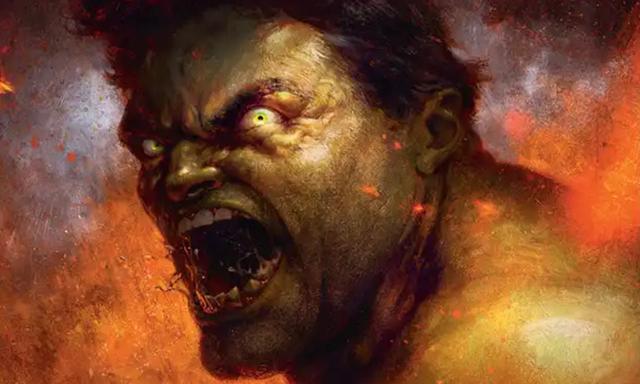

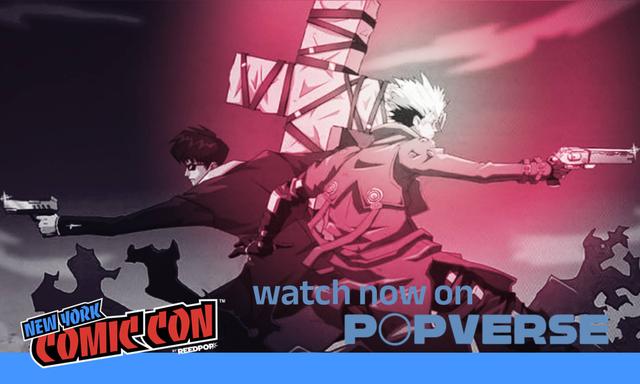
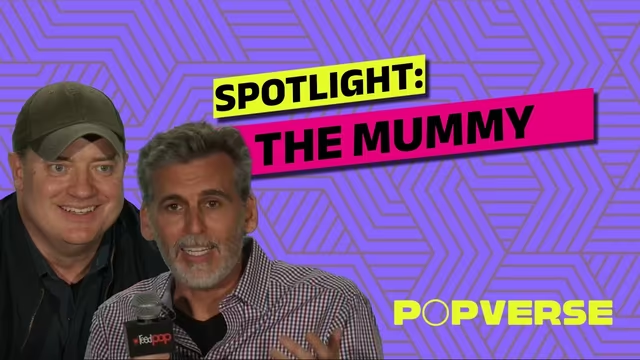

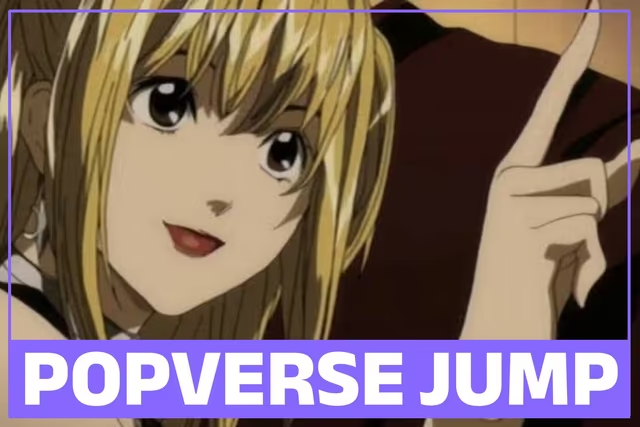
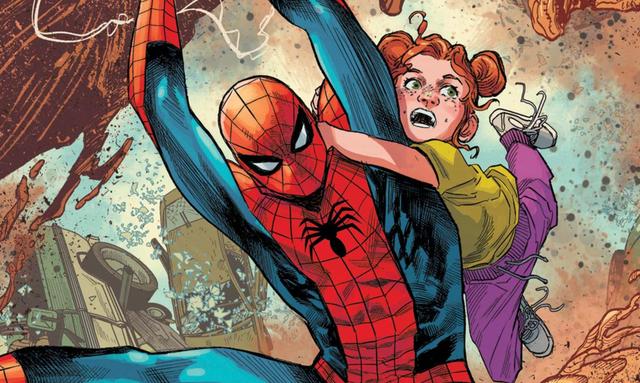






Comments
Want to join the discussion? Please activate your account first.
Visit Reedpop ID if you need to resend the confirmation email.